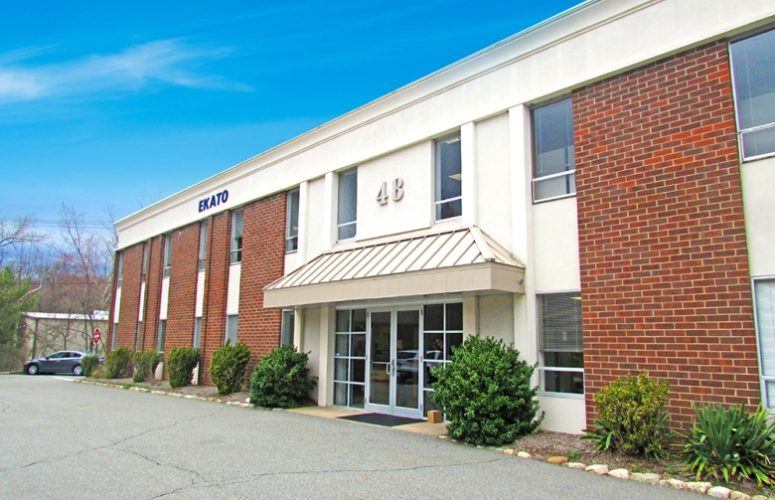
Northern NJ Among Nation’s Top “Sell” Retail Property Markets
On May 4, 2018According to Ten-X Commercial’s latest U.S. Retail Market Outlook, northern New Jersey is among the top “sell” markets for retail property in the nation. According to the report, employment figures in Northern New Jersey are growing at a slow pace, while the population grew just 0.5 percent in 2017. The region’s retail vacancy rate has risen almost 300 bps since 2013, as uneven demand meets with a steady supply pipeline. While demand is projected to remain positive throughout the 2019-2020 modeled recession, it will fail to offset new supply. The retail vacancy rate is likely to edge above 9 percent in 2019 and then decline slightly over the following two years, as the supply pipeline slows. NOI will likely fall 1.6 percent per year in 2019 and 2020, with only a modest bump at the onset of economic recovery in 2021.
The report includes the top five “Buy” and “Sell” markets for retail real estate assets. The long-term forecast concludes that retail’s long and slow recovery, already a laggard compared to other commercial real estate segments, is definitively sputtering to a halt. Overall investment in retail properties fell to $15.3 billion in the fourth quarter of 2017, a 19 percent plunge from a year earlier.
“In terms of brick-and-mortar stores and the real estate that supports it, the phrase ‘retail apocalypse’ is no hyperbole,” said Ten-X Chief Economist Peter Muoio. “Store footprints are continuing to shrink, and we are seeing droves of traditional retail assets being repurposed or simply demolished. Headlines of store closings and bankruptcies of household names like Toys R Us and Radio Shack are some of the most visible signs of the massive reordering taking place in the retail space. While there are some markets that have managed to stay afloat and even thrive, the national retail picture is decidedly bleak.”
The report indicates that Austin, Denver, Dallas, Houston and Salt Lake City are markets where investors should consider buying retail assets. These areas, clustered in the Southwest, benefit from expanding populations, job and wage growth, and increasing shopper counts, which partially offsets the powerful forces working against traditional retail nationwide and globally.
Detroit, Kansas City, Chicago, northern New Jersey and Memphis are the top markets in which investors might consider selling retail property. These cities face adverse retailing conditions linked to poor local economic indicators, which may include lack of population growth, tepid job growth, or simply an overabundance of new supply.
E-commerce, which has steadily chipped away at the retail sector’s fundamentals throughout this cycle, now comprises 14.2 percent of total non-auto retail sales, up from 5.5 percent just five years ago. It is likely to continue rising in the coming years as consumers expand the scope of their online purchases to new types of products. The warehouse and distribution sector has been the biggest beneficiary of this transformation, as sales are increasingly fulfilled from warehouses instead of retail stores.
“In today’s market, there is limited upside for retail fundamentals and we expect further declines in both the number of actual stores and the size of their footprints,” Muoio said. “With fewer shoppers coming in the door, brick-and-mortar locations simply do not need as much in-store inventory as they used to. We’ve seen many traditional retailers partner with e-commerce companies in recent months, underscoring the importance for even brick-and-mortar stalwarts to have significant e-retail components.”
Ten-X Commercial’s forecasts include the effects of a general, cyclical downturn scenario in 2019-2020 in order to analyze how each market would respond to cyclicality, or “stress test” conditions, especially given the long duration of the current economic expansion. The forecast model reintroduces economic growth in 2021.
Retail property vacancies are currently at 10 percent and are projected to decrease another 10 bps by year end. During a 2019-2020 modelled recession, vacancies are projected to increase back up to the mid-10 percent range where they are likely to remain even when growth returns in 2021. This is an elevated vacancy rate compared to previous cycles. Effective retail rents edged up 1.9 percent in 2017 and should continue at that rate of growth through 2018. However, growth will likely reverse by the second year of the forecasted recession. Recovery in 2021 is projected to return rents to their current levels.
To access more business news, visit njbmagazine.com
Related Articles:




